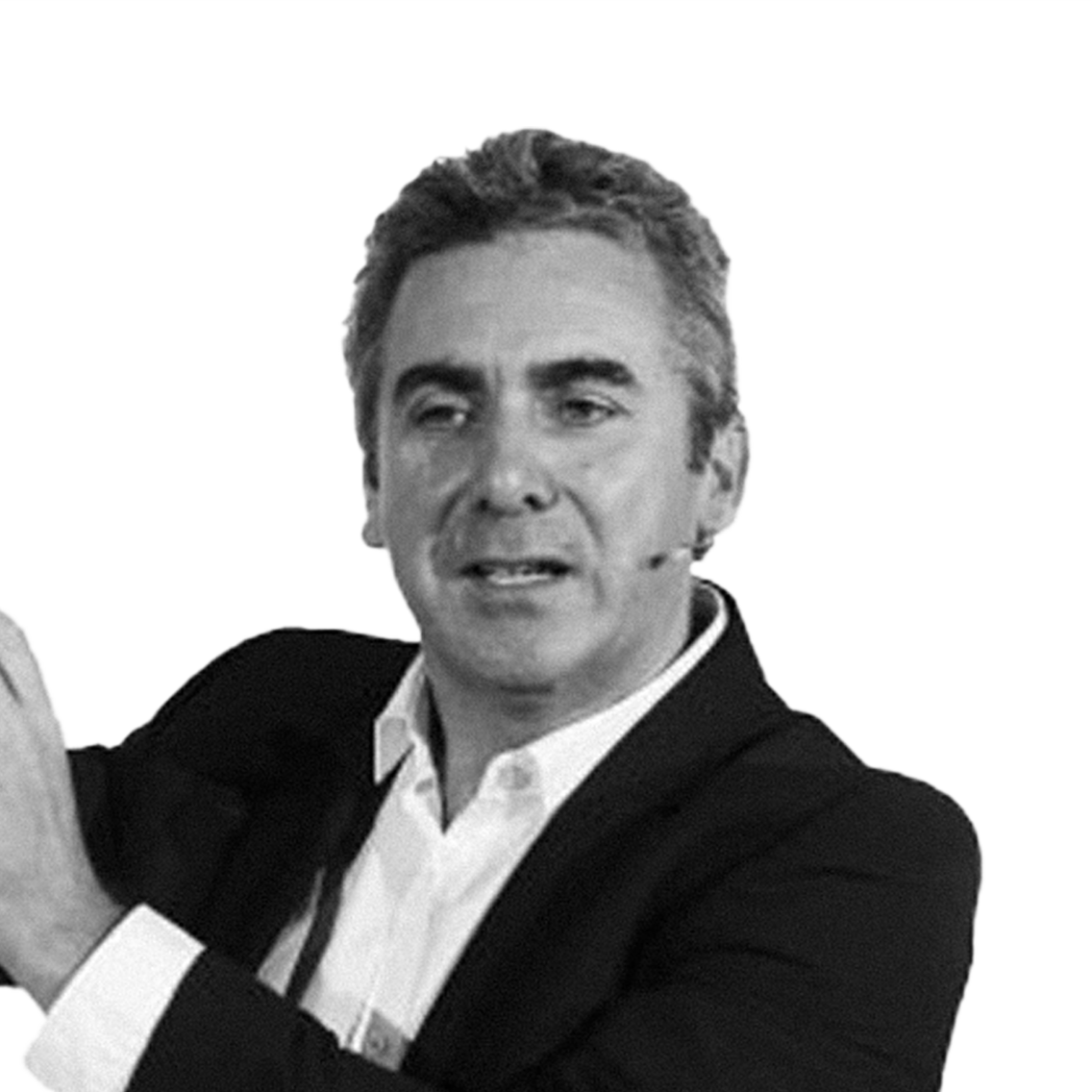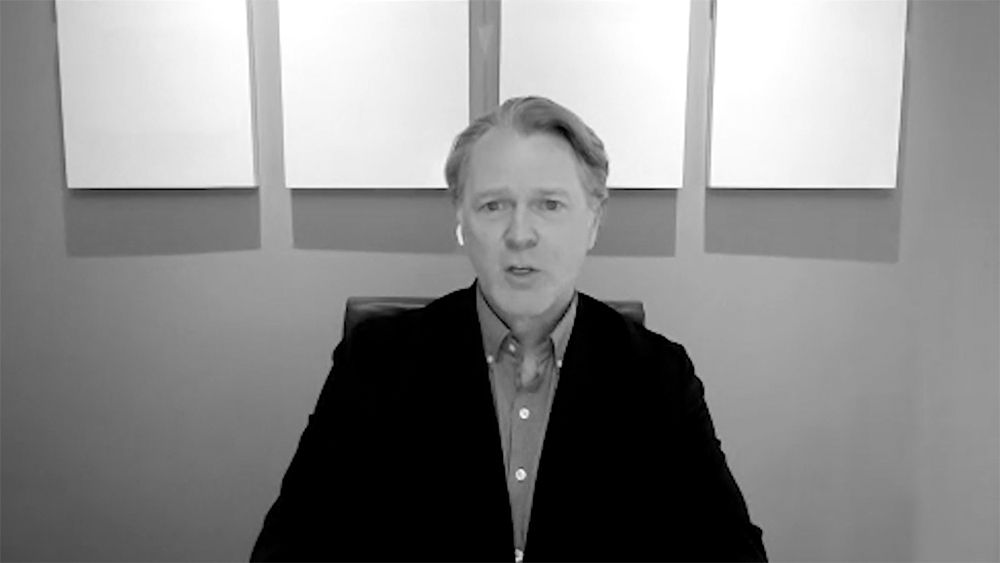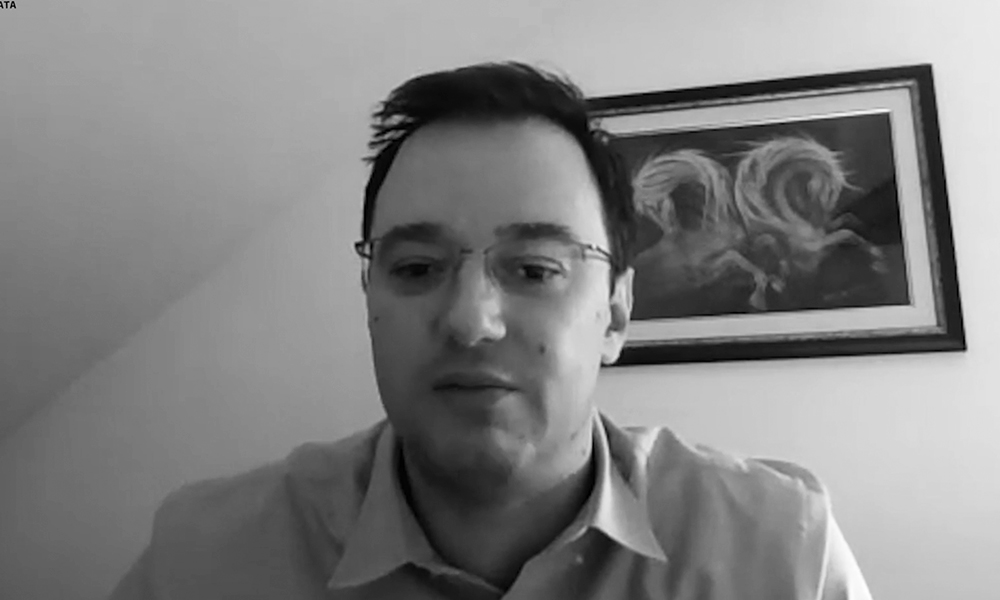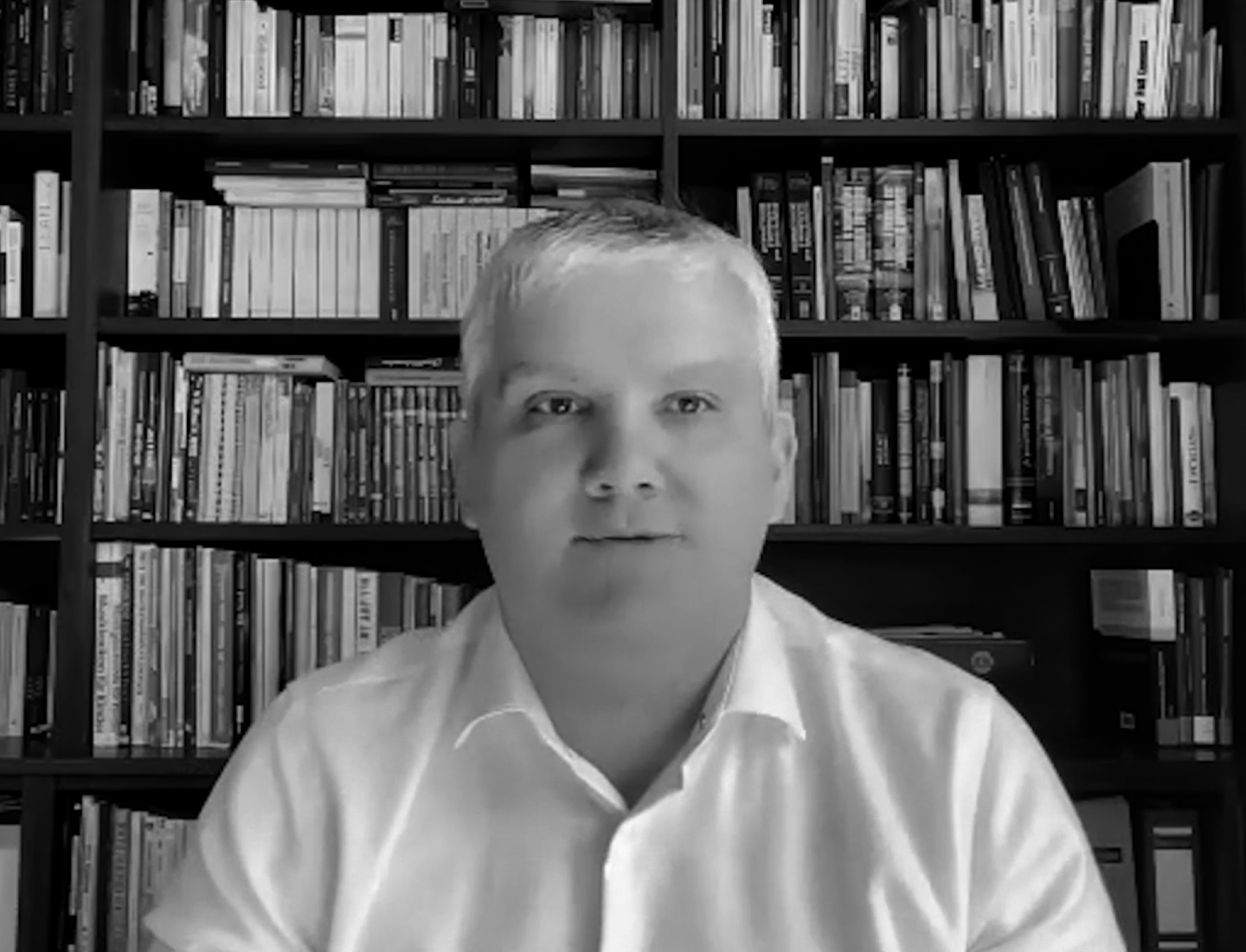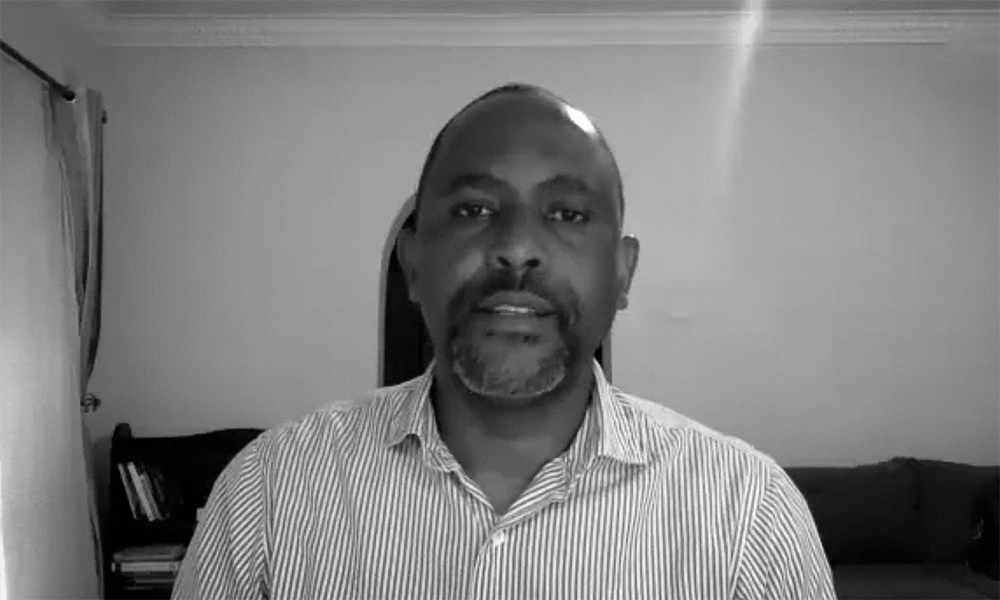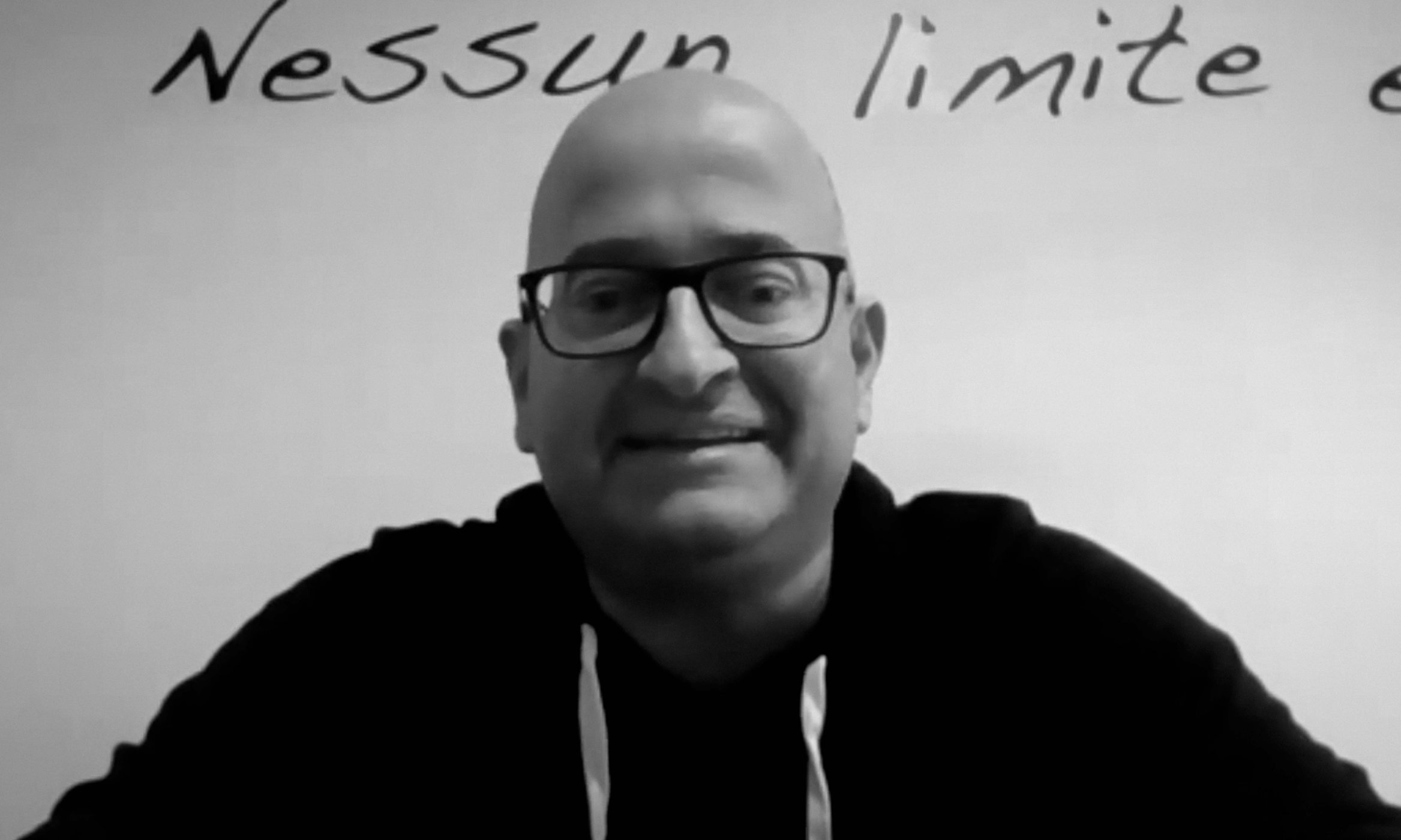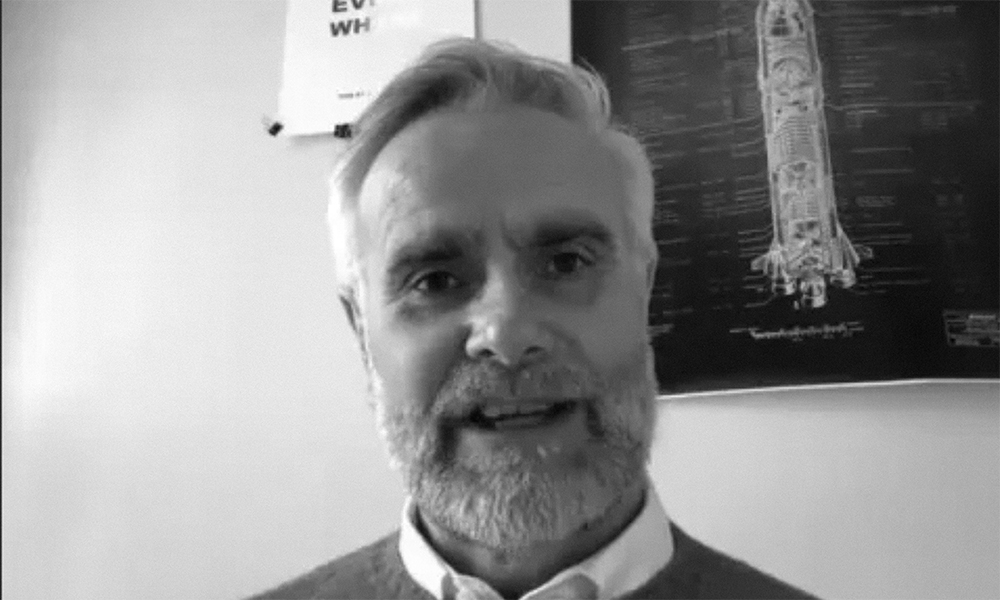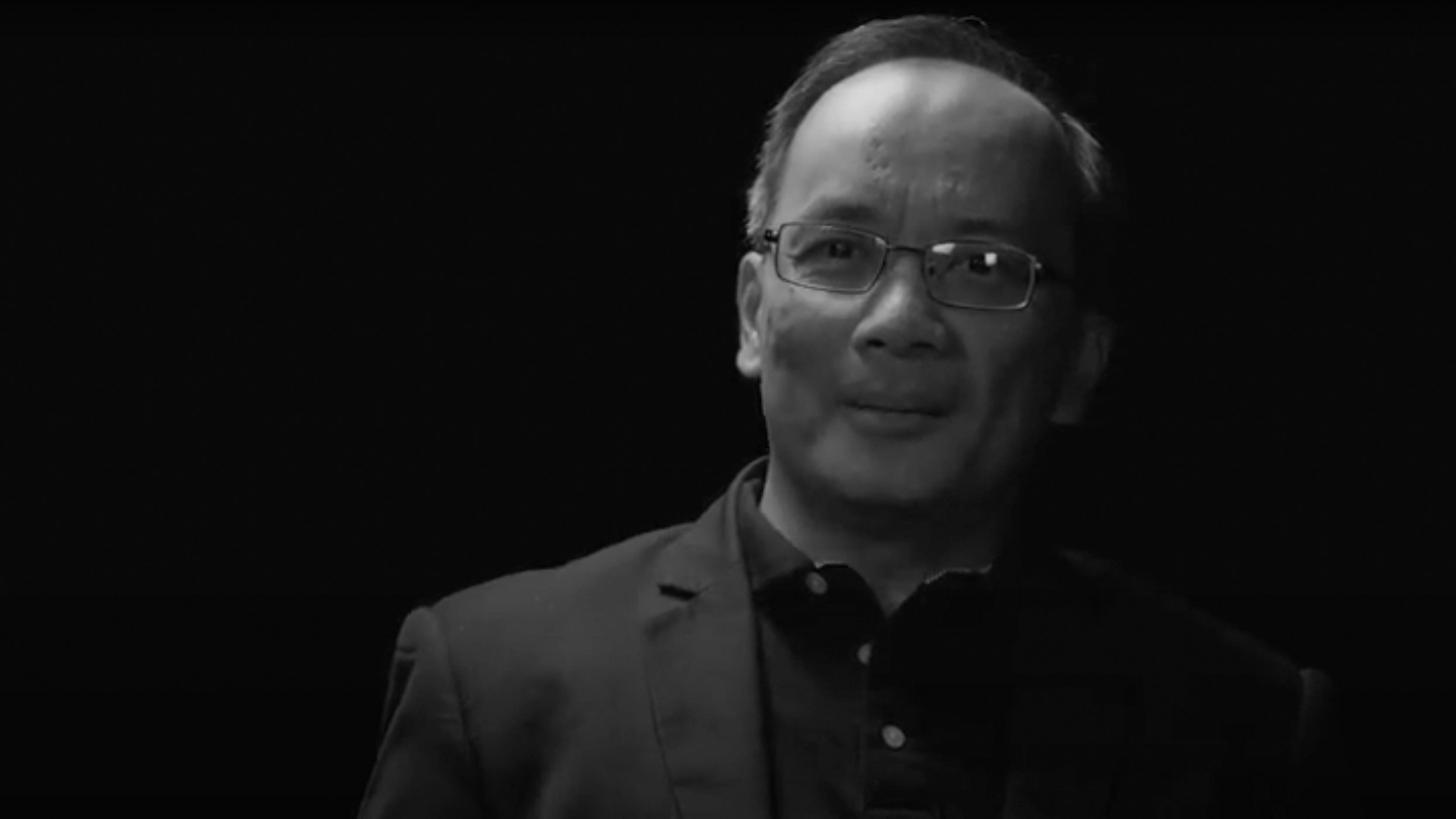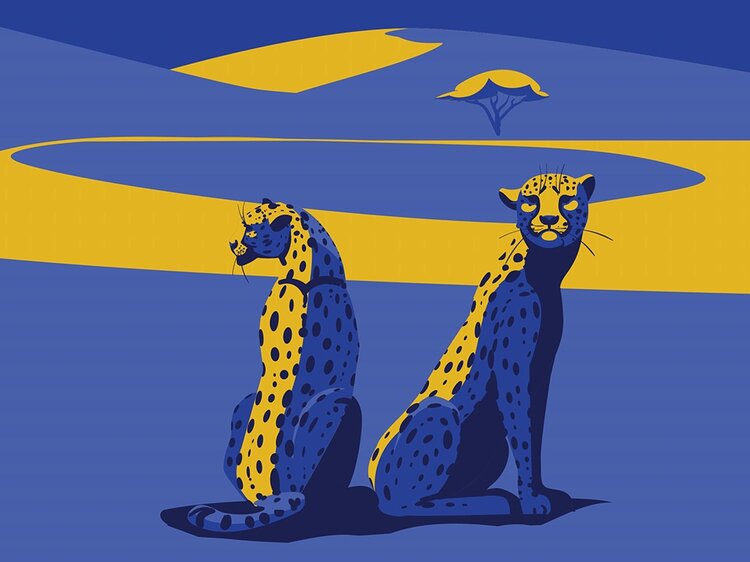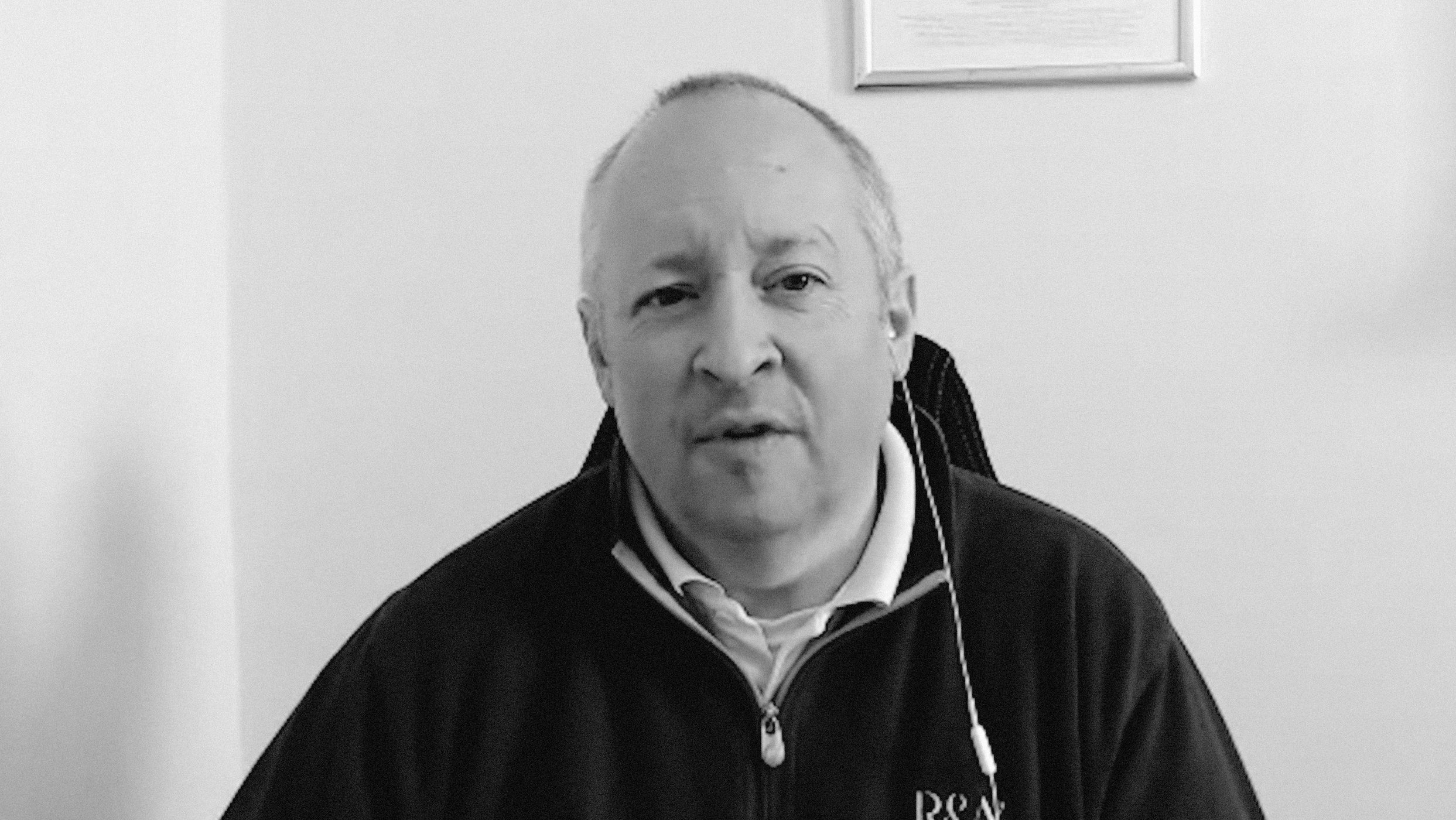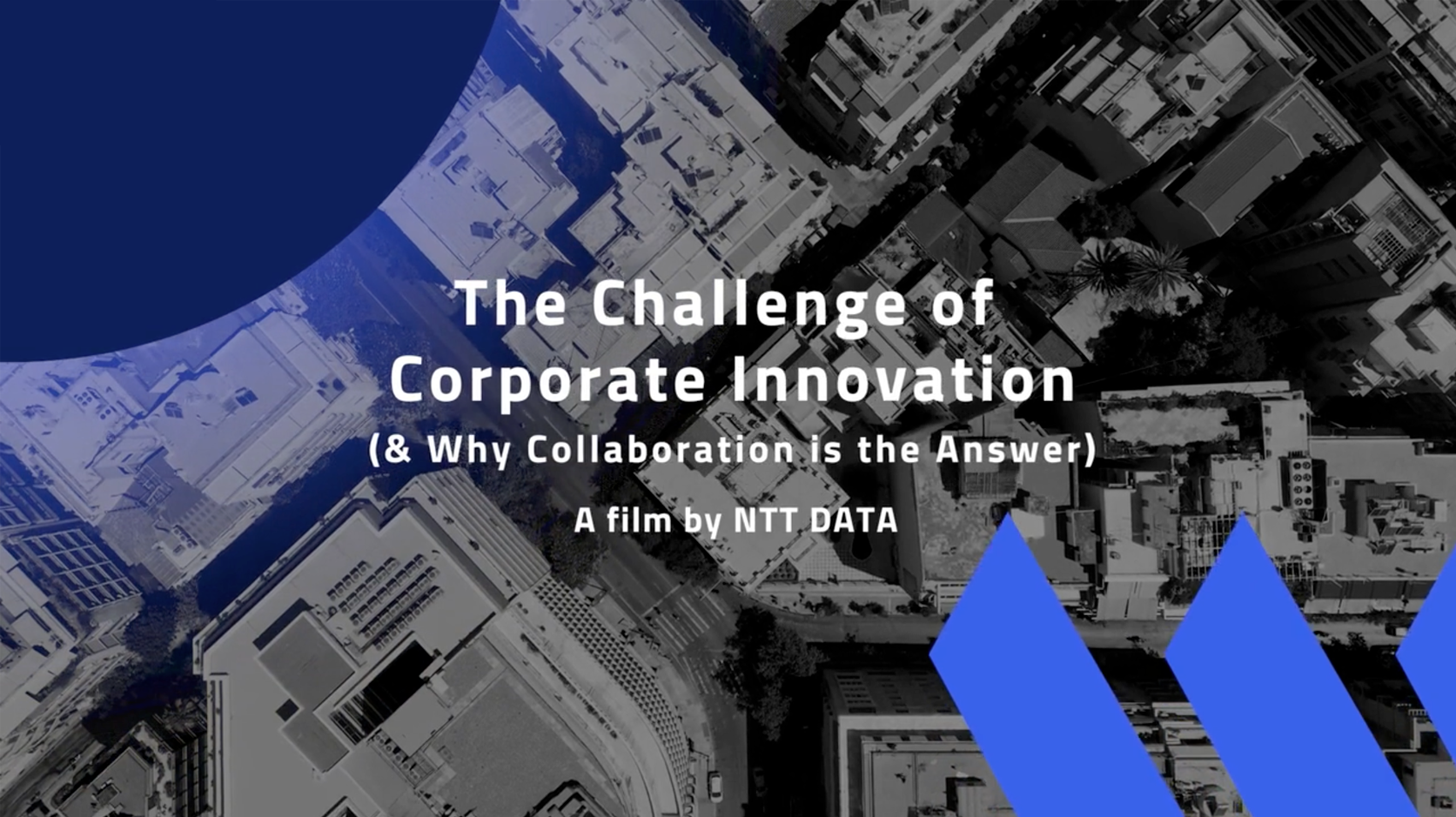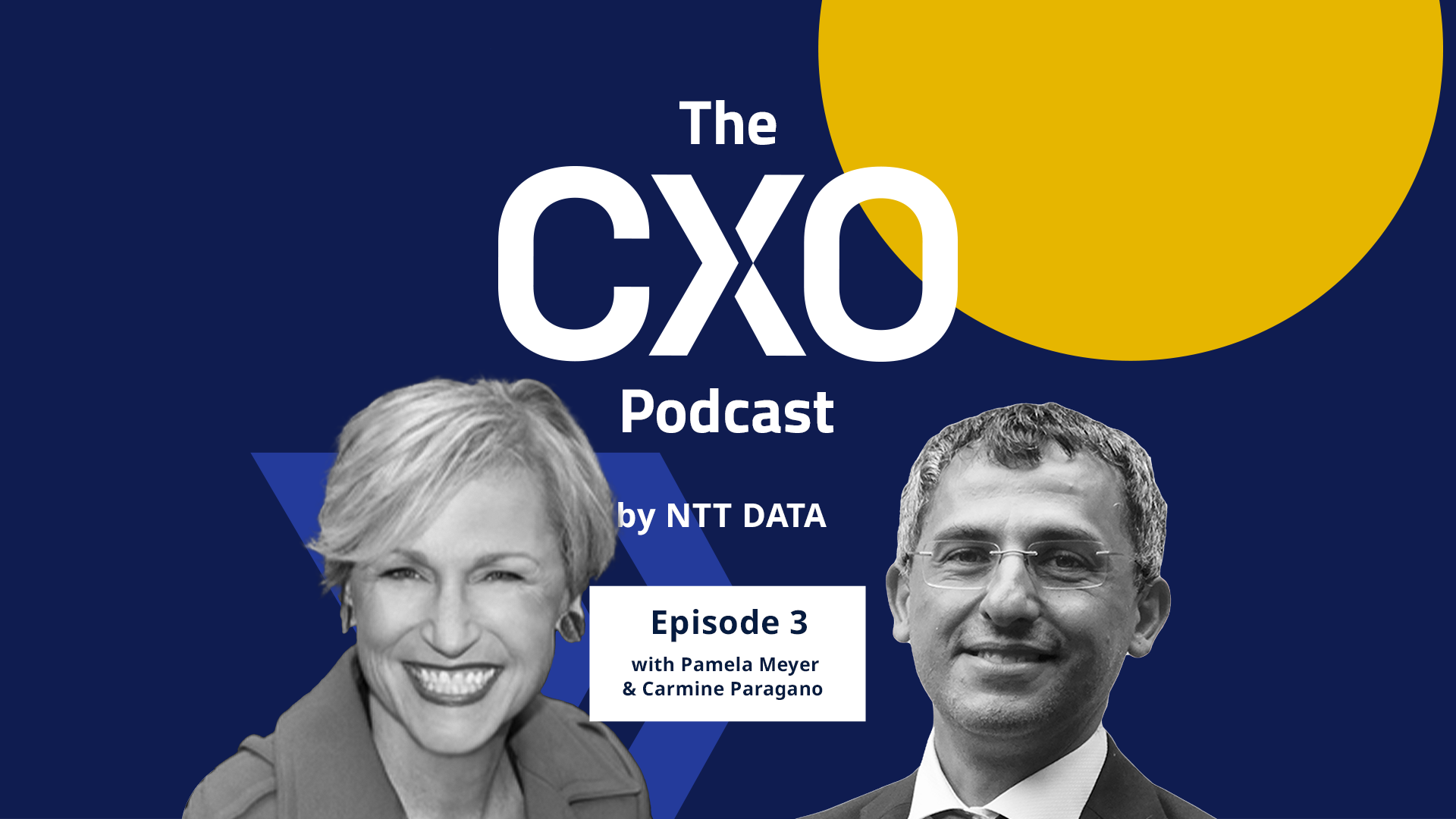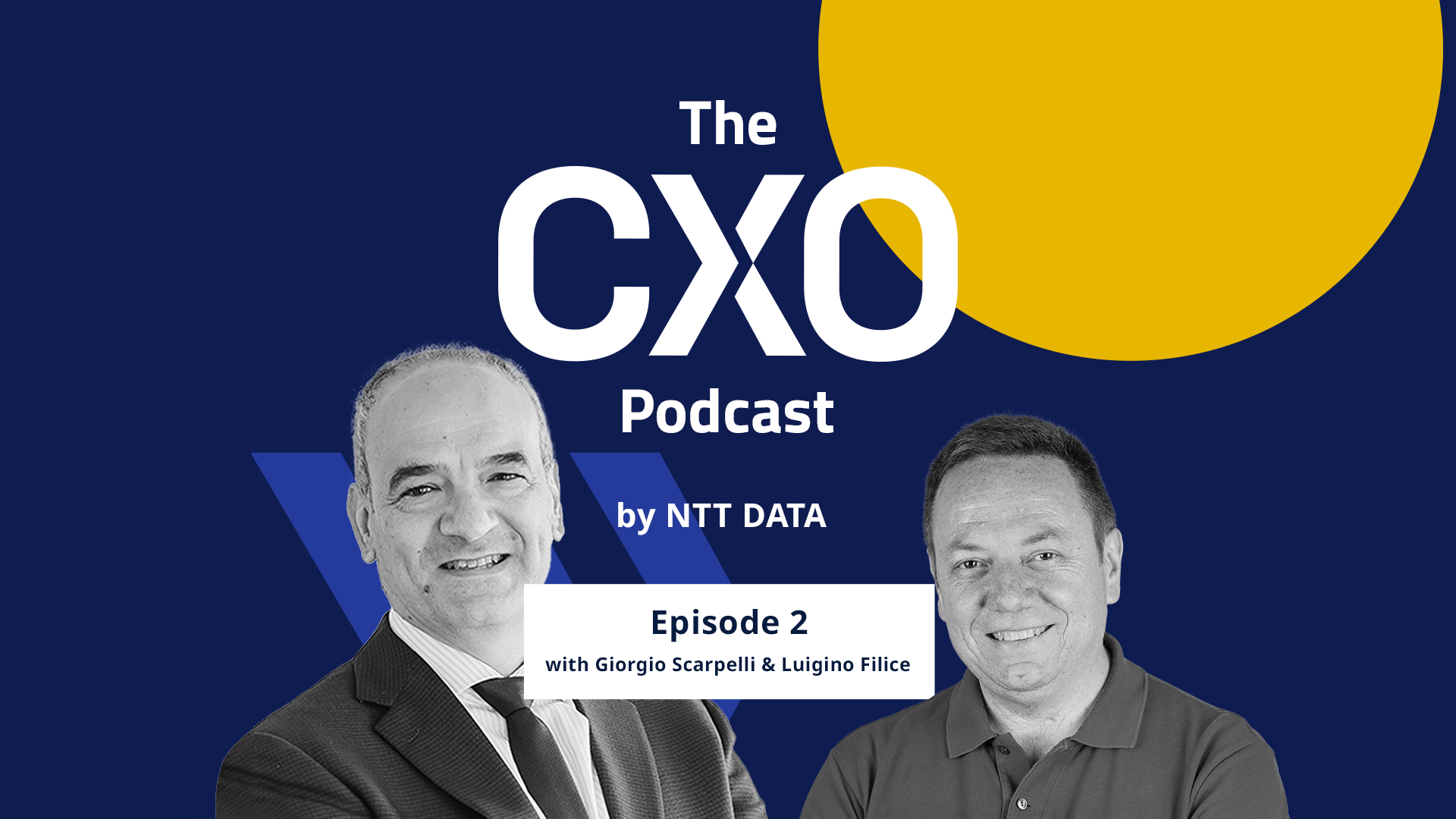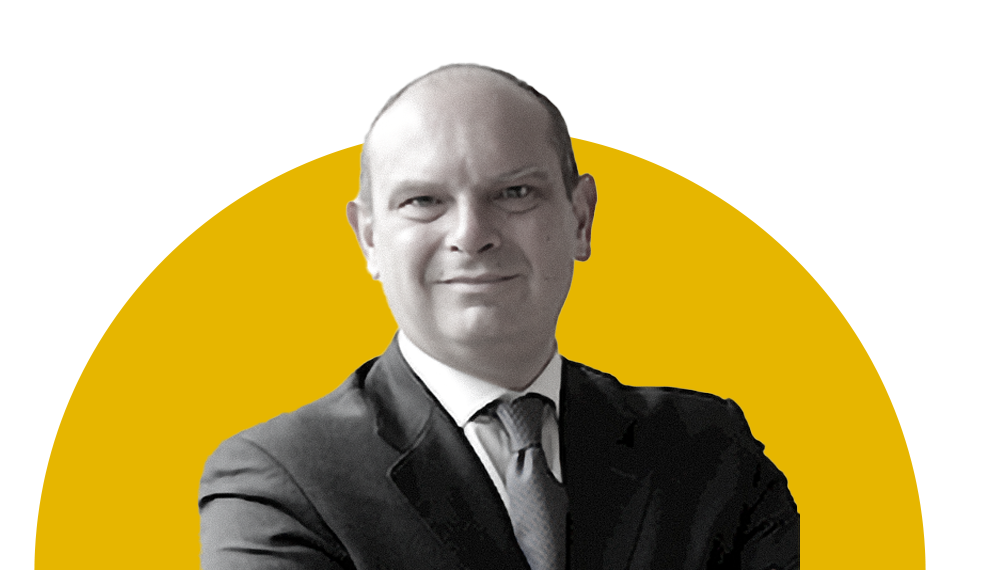Listen now to Peter’s article: Unlocking Potential to become an Organisational da Vinci
Leonardo da Vinci described innovation as “making unusual connections”. As a polymath, he championed a diverse portfolio of passions from anatomy to sculpture, art to hydrodynamics. The 1490 Vitruvian Man drawing showcased his ability to combine his interest in art and mathematics. His portraits were enhanced by understanding the human body; his engineering designs fused ideas from nature and skeletal mechanics.
Today, organisations rarely have a Leonardo da Vinci in their midst, and indeed most cultures would probably eject such talents and ideas. Yet collectively, most organisations have at least his diversity of perspectives and skills, and probably much more. The challenge is to embrace and connect such talents inside and outside the organisation.
I spent much of the year before last working with Microsoft as an innovation advisor to their leadership teams. Arriving at their Redmond campus just outside Seattle, I detoured to take in Bill Gates’s old office. But on the way, the signs for various hackathons and huge tents erected on the cricket pitches signalled a very different leader and a different approach to innovation.
Organisations rarely have a Leonardo da Vinci in their midst. Yet collectively, most organisations have at least his diversity of perspectives and skills.
How a new leader changed Microsoft’s purpose
Five years ago Satya Nadella stepped up to lead the business after 22 years as a technologist. Since Gates’s days, Microsoft had declined under the product-pushing and sales-driving obsession of Steve Ballmer. Nadella changed two things: the business’s purpose and its cultural model. He transformed the organisation and its business performance.
Since the change, Microsoft has been re-energised, a $1.6 trillion business, that seeks to “make customers cool, not itself” with a mission to “empower every individual and business to achieve their potential”. Innovation and growth are the principal, customer-centric words, not technology or products. Partners, including the likes of Amazon and Apple, enhance the organisation’s potential to achieve more. Yes, they even welcome MacBooks!
No longer is the focus on software subscriptions, but on solving real problems. Cross-functional account teams sit down with clients to create a new growth roadmap. They bring together their own and partner technologies – from AI to cloud computing – to plot business transformations and enable the smallest stores to achieve global ambitions.
Nadella promotes a ‘growth mindset’ that encourages constant experimentation, failure and learning. It rejects the old attitudes of seeking to optimise what exists. It has deliberately eliminated hierarchies and functions, to create liquid teams.
Nadella promotes a ‘growth mindset’ that encourages constant experimentation, failure and learning. It rejects the old attitudes of seeking to optimise what exists. It has deliberately eliminated hierarchies and functions, to create liquid teams. Indeed, over 80% of employees work on projects, rather than in roles, eliminating former product obsessions, competitive internal boundaries, and limiting job descriptions.
Unlocking potential to become an organisational da Vinci
While the focus on customers is critical, the focus on employees is Nadella’s passion. He describes the organisation as a platform for each individual to unlock their potential. It’s a place where the most diverse teams of people, with various backgrounds, experiences and talents, can achieve even more together.
What can we learn from Satya Nadella’s reimagined business and Microsoft becoming the technology era’s organisational da Vinci?
1. Markets are complex and dynamic, requiring more innovative, customised and adaptive responses, developed collaboratively and multi-functionally.
2. Innovation is rarely about individual products or services but about holistic business models that transform markets and customer experiences.
3. Organisations are shifting dramatically from closed systems to open ecosystems, and within that from stifling hierarchies to fluid, living structures.
4. Culturally, an inspiring purpose shared across the organisation encourages collaboration and experimentation, energising people to do more together.
5. Ecosystems, whether as market platforms or innovative partnerships, enable organisations to be more agile, achieve more, reach further, and act faster.
6. Transformation is not about technology, but about finding innovative ways to create and shape markets, sustainable and networked, growth and progress.
7. Leaders are the coaches and connectors, instead of commanders and controllers; they create the context for people to thrive individually and together.
What do innovative leaders have in common?
Microsoft is not unique. What struck me is how common many of the activities driving its transformation are. Look across the world, and we see old and new organisations seeking to embrace many of these factors.
Cemex, the Mexican-owned global leader in cement, uses the UN’s 17 sustainable development goals as its framework for innovation, bringing its people together across functions and markets to create more positive social impact, profitably.
Danone, the French dairy business, has reimagined itself as a health business, bringing teams together to redefine how its brands contribute to healthier living and working with everyone from farmers to retailers to evaluate its entire ecosystem.
DBS, the Singapore-based “world’s most innovative bank”, used a customer-centric transformation as a starting point to rethink how to embrace technologies usefully, leading to more human innovations, rather than automating old processes.
Glossier, the world’s fastest-growing beauty business, started as a community of people passionate about sharing beauty tips. It’s now a C2C business thriving on co-created ideas and innovations, social influence and relationships.
Haier, the Chinese global leader in home appliances, eliminated its middle management and created 10,000 entrepreneurial microbusinesses. They have the freedom to innovate with niche markets while benefiting from the Haier network.
SpaceX thrives on bringing together teams of individuals from eclectic backgrounds who can think the unthinkable, to move forwards, bonded by a solid future-focused culture of storytelling, on a mission to Mars.
Leaders are the coaches and connectors, instead of commanders and controllers – they create the context for people to thrive individually and together.
The leaders of these innovative companies – Fernando Gonzales, Emmanuel Faber, Piyush Gupta, Emily Weiss, Zhang Ruimin and Elon Musk – all recognise that they can’t achieve their dreams alone. But they can accomplish steps toward it through innovation that works across boundaries. As leaders, they succeed by bringing great people together as winning teams, creating a context that is enlightened and energising, and shaping the space and support for people to thrive.
